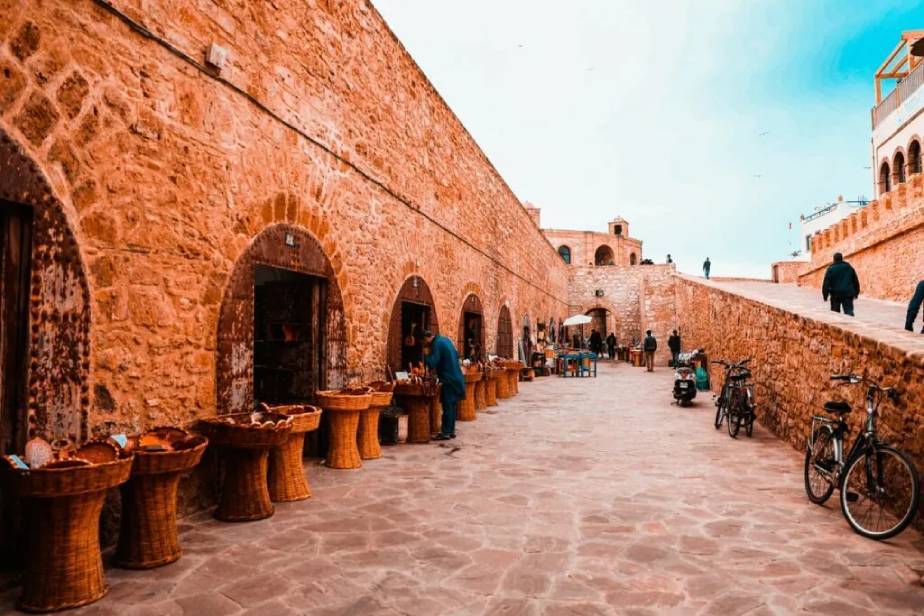History of Essaouira
Originally known as Amogdul Bereber (meaning “well guarded”), Essaouira was eventually given the names “Mogador” by the Portuguese and “Mogador” by the Spanish. It still goes by its Arabic name today.
Up until the Vth century A.D., the Carthaginians and the Phoenicians ruled Essaouira. The Romans eventually took over and ruled until the year 25 a.C.
The province of Mauritania Tingitana was the name of the Moroccan portion of the Roman Empire. The nation’s capital was Volubilis.
Essaouira enjoyed particular notoriety during the Roman era for producing purple pigment.
In the year 429, the province was taken over by the vandals just before the Empire fell.
In the year 533, General Bizantino Belisario vanquished the Vandals.
In a significant portion of the nation, the Bizantium empire rose to become the dominant power.
Berbers fought for independence from the Omeya Arab Dynasty, who ruled over the Iberian portion of the kingdom, from the VIIth to the Xth centuries, and took control of Essaouira. yusuf ben Tasfin gained prominence during the XI century and later became the founder of the City of Marrakesh.
In search of the far-off earth, Portuguese, other tourists, and the “In the XV century, “vanguardists” invaded the Moroccan coats.
They retook control of the African nation.
The cities of Essaouira, Sebta (Ceuta), Agadir (Santa Cruz of CAP of Gué), Melilla, Asilah, Larache, Casablanca, and El-Jadida were seized in that order.
The first defensive structures, including the well-known Scalas, were built by the Portuguese “that are still in place.
The mythological king Sebastián I was killed in the Portuguese and Spanish army’s defeat (the Battle of Three Kings) in 1578.
Once more, the Alau dynasty ruled as the sole Arab force in the nation.
In 1764, Sultán alaoui Sidi Mohammed Abdallah fully renovated Essaouira.
The Museum of Moroccan Arts, which has an intriguing collection of weapons and carpets along with many other marqueterie, is still strongly associated with his royal name. The XVIII century was the city of Essaouira’s golden age.
Trade with Europe played a major role in this.
Essaouira underwent significant change and became Timbuctu’s primary fishing port, becoming the most significant commercial hub in the Moroccan kingdom.
This was a time when different ethnic groups—such as Berbers, Jews, Arabs, Portuguese, and Saharan people—coexisted peacefully.
The most significant gateway between Africa and the rest of the world thereafter emerged as Mogador.
This was a time when different ethnic groups—such as Berbers, Jews, Arabs, Portuguese, and Saharan people—coexisted peacefully.
The most significant gateway between Africa and the rest of the world thereafter emThe latter decline in this Atlantic city’s prominence contributed to the industrial and maritime growth of Casablanca Port. which emerged as Mogador.
Essaouira had an unanticipated renaissance with the turn of the 20th century.
This was mostly caused by the entrance of well-known explorers, pop musicians, and artists who were all looking for inspiration…
With some of the best surf conditions on Morocco’s Atlantic coast, Essaouira is now regarded as one of the best tourist destinations in the nation.

